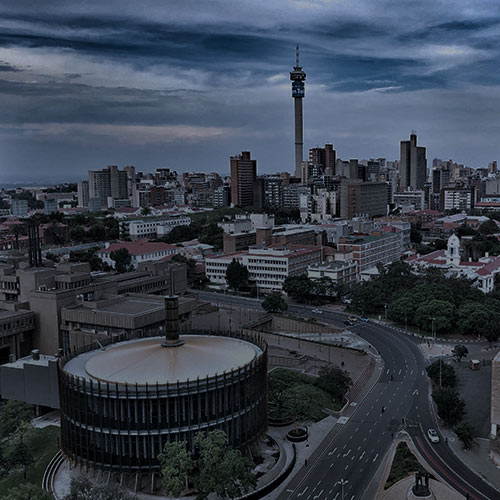The South African (SA) stock market had a tough September as investment sentiment soured globally. The silver lining for domestic equities is predominantly a relative one as the local market continues to outperform its global peers – the FTSE/JSE Capped SWIX having significantly outperformed global markets both MoM (-3.8% vs -9.3% for the MSCI World) and YTD (-7.0% vs -25.1%). Even though the local currency flatters that comparison, with the rand falling 5.3% MoM and 11.8% YTD against the US dollar, the US dollar returns for local equity markets still bests those of global markets.
Within the local bourse, the miners were the only major cohort to grind out a positive return (+2% MoM), with gold miners (+7% MoM) and the platinum miners (+4% MoM) benefitting from a stronger rand price for gold and platinum group metals (PGMs), respectively, the latter’s prices boosted by news that the London Metal Exchange was contemplating a ban on the trading of Russian metals. Coal exporter, Thungela also provided another significant boost to the mining sector (+20% MoM including the distribution of a dividend the equivalent of c. 15% of the share price). Sasol, however, was one of the key detractors (-10% MoM) as it followed the oil price lower (Brent crude -9% MoM in US dollar terms).
JSE listed companies with significant UK operations also saw their share prices significantly impacted, with Bidcorp, Investec, and Quilter (-13%, -12%, and -10% MoM, respectively) falling as the UK’s newly installed prime minister, Liz Truss, and her freshly appointed chancellor of the Exchequer, Kwasi Kwarteng, announced a UK budget that relied on borrowing to fund tax cuts and consumer subsidies, incurring the wrath of investors. Capitec was the worst-performing major stock on the local bourse (-24% MoM) as it reported earnings that failed to meet investors’ lofty expectations.
SA inflation data, released during the month, came in slightly below expectations, with both core and headline inflation for August (+4.4% YoY and 7.6% YoY) coming in below the prior month’s levels. Despite an apparently softening inflation environment, the South African Reserve Bank (SARB) followed global central banks with a 0.75% rate hike during the month as it sought to avoid the mistakes of its global central banking peers in getting behind the curve in fighting the inflationary cycle. Local 10-year government bonds had a tough month as their yields followed those of global bonds higher, ending the month at 11.4%.




